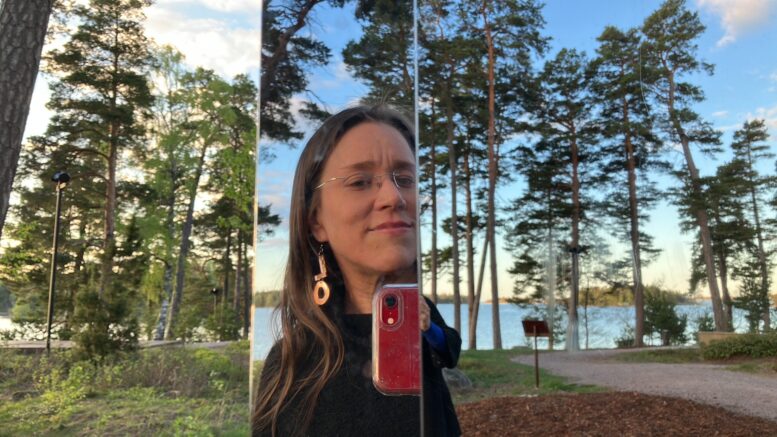Last week, having delivered a keynote lecture on artificial intelligence and academic publishing in my hotel room in Finland, I got a comment regarding my approach. The commentator said that this was the first time he had heard someone talking about AI in a constructive and productive way, asking “what can we do with it” instead of underlining the risks, threats or potential pitfalls of this “disruptive” technology.
I was thankful for that remark, as it is something that I’m not consciously thinking when approaching technologies, but it helped me realize that the intention of creating a productive discourse on technologies, our technology relationship and media use has been an overarching aim during the two decades I have been involved in media literacy education.
Once we launched Mediaskooppi, the media literacy network for young people, somewhere in 2006, our mission was to create an alternative pedagogical discourse on social media, opposing the institutionalized one that typically saw the minimizing of risks as its starting point. Now, when AI technologies are slowly becoming more tangible and visible to ordinary users, there is the same tendency in the discourse as was seen in the discourse on the “Web 2.0”. As I recently wrote in a blog entry for the local school staff (in Swedish), a great deal of the debates on AI in the educational sector have been about how to deal with plagiarism rather than asking what new there is out there and how we can learn to harness it for our learning purposes.
The question has been about how to protect us against the developing technologies instead of asking how to discover new possibilities.
Given the dual-use or double-edged sword character of the AI, outlining frameworks for ethical and accountable use is crucially important, but for pedagogical practitioners it may be truly restrictive and crippling. Cherishing a relationship to a new and emerging technology should be, above all, joyful and inspiring in order to set our minds free to produce innovative results, instead of feeling troubled and restricted.
Indeed, the range of AI-driven applications that can advance the productivity and outcome of our work is like a treasure chest, or a sweetshop, waiting for us to discover novelties. Test and play are keywords, as we cannot know what will work without testing it out in practical settings. Moreover, in order to develop pedagogical or creative ideas we need to collect tacit knowledge about the technology use. Here, we need professional networks to learn about the newest development, to exchange ideas and share insights – and this is why the consistent work in and with networks, my primary field of work, to establish forums and structures that are out there when we need them, is so important.

Be the first to comment on "Creating a productive discourse for media use"